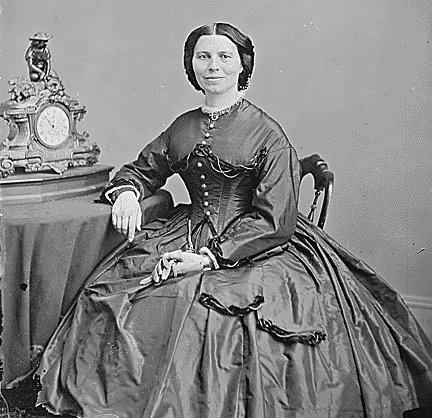Nursing in American History
by Prof. Hangen - November 23rd, 2010
After the Thanksgiving break, we will look at the history of nursing with a close examination of one era (the Civil War) and how it was critical in the development of nursing in America.
 For Monday, 11/29 I’d like you to look at Stephen Oates’s book about Clara Barton, founder of the American Red Cross. His biography of her is titled A Woman of Valor: Clara Barton and the Civil War, and parts of it are available online at Google Books. Please read 15-20 pages (of your choice) from Part Two, “The Field” (pp. 55-134). It describes Barton’s experiences at several battles in northern Virginia as a field nurse. The chapter has missing pages because it’s only a free preview, so you won’t get a complete story in any selected 15-20 pages, but read for the gist of what it was like for soldiers, nurses, and doctors in the heat of battle, and be ready to talk about some of Barton’s nursing strategies, her responses, and what we can learn about mid-19th century nursing from Oates’s account.
For Monday, 11/29 I’d like you to look at Stephen Oates’s book about Clara Barton, founder of the American Red Cross. His biography of her is titled A Woman of Valor: Clara Barton and the Civil War, and parts of it are available online at Google Books. Please read 15-20 pages (of your choice) from Part Two, “The Field” (pp. 55-134). It describes Barton’s experiences at several battles in northern Virginia as a field nurse. The chapter has missing pages because it’s only a free preview, so you won’t get a complete story in any selected 15-20 pages, but read for the gist of what it was like for soldiers, nurses, and doctors in the heat of battle, and be ready to talk about some of Barton’s nursing strategies, her responses, and what we can learn about mid-19th century nursing from Oates’s account.
